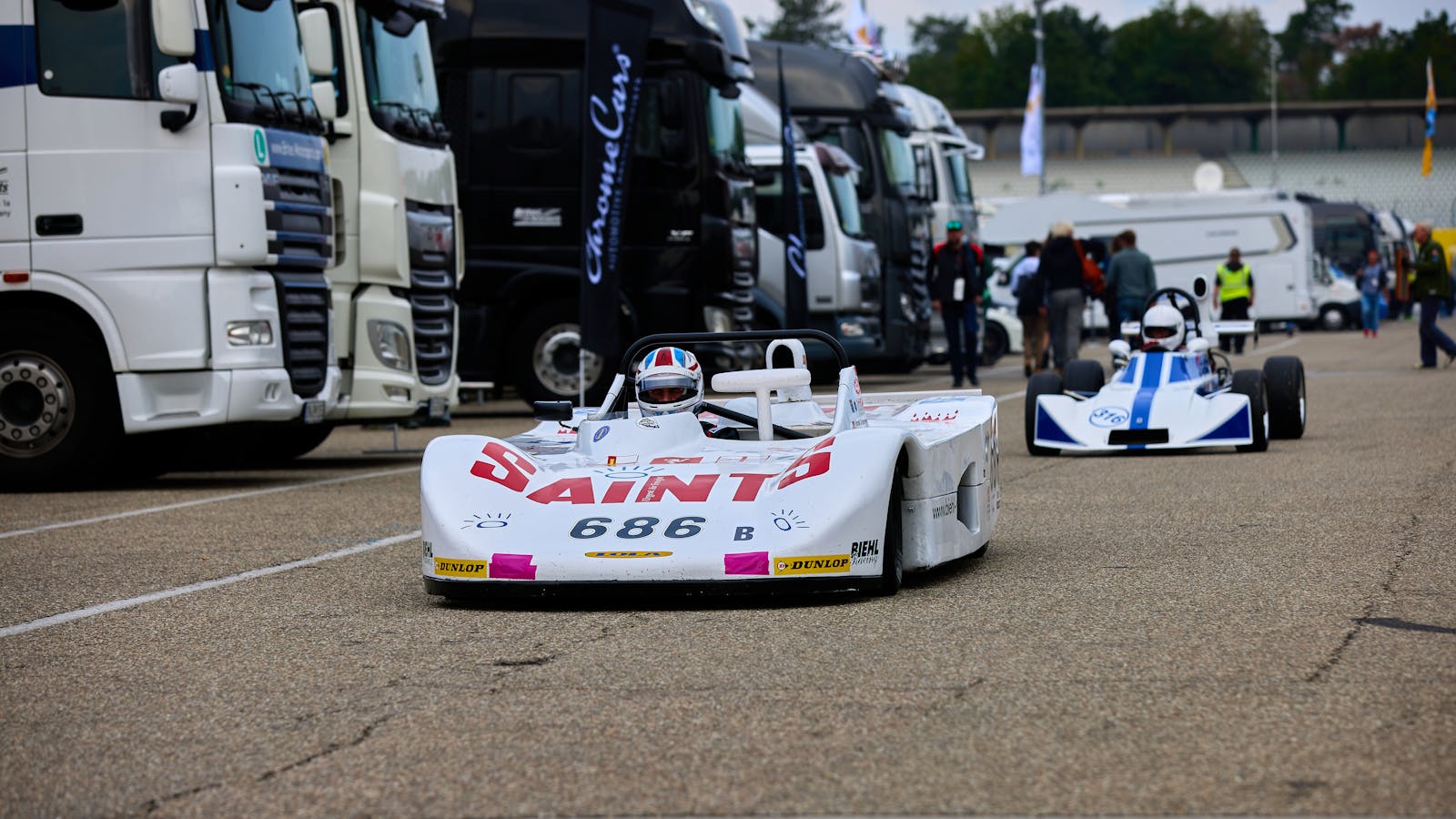High-performance cars are engineered to deliver exceptional speed, agility, and handling, distinguishing them from standard vehicles. These cars typically feature powerful engines, advanced aerodynamics, and lightweight materials that enhance their overall performance. The heart of a high-performance car is often a turbocharged or supercharged engine, which provides a significant boost in horsepower and torque compared to conventional engines.
For instance, the Ford Mustang Shelby GT500 boasts a supercharged 5.2-liter V8 engine that produces over 700 horsepower, allowing it to accelerate from 0 to 60 mph in just over three seconds. This level of performance is not merely about raw power; it also involves sophisticated engineering that optimizes the car’s dynamics. In addition to engine performance, high-performance cars are equipped with specialized suspension systems that improve handling and stability.
These systems often include adjustable dampers, stiffer springs, and performance-oriented tires that provide better grip on the road. For example, the Porsche 911 GT3 features a rear-axle steering system that enhances maneuverability at high speeds, allowing drivers to navigate tight corners with precision. Furthermore, high-performance cars often incorporate advanced technology such as traction control and stability management systems, which help maintain control during aggressive driving maneuvers.
Understanding these fundamental aspects of high-performance cars is crucial for any enthusiast looking to maximize their driving experience.
Key Takeaways
- High-performance cars require a deep understanding of their advanced features and capabilities
- Fine-tuning driving skills is essential for maximizing the performance of high-performance cars
- Upgrading a car with the right components can significantly enhance its peak performance
- Mastering the art of cornering and braking is crucial for getting the most out of a high-performance car
- Harnessing the power of a high-performance engine requires knowledge of its capabilities and limitations
Fine-Tuning Your Driving Skills for Maximum Performance
Throttle Control
One essential skill is throttle control, which allows drivers to modulate acceleration smoothly without losing traction. For instance, when exiting a corner, applying the throttle gradually can prevent wheel spin and maintain grip, enabling a faster exit speed. Practicing this technique in various conditions can significantly improve a driver’s ability to handle high-performance vehicles.
Mastering Weight Transfer
Another critical aspect of driving a high-performance car is understanding weight transfer during acceleration, braking, and cornering. When a car accelerates, weight shifts to the rear wheels, increasing traction but potentially causing the front wheels to lose grip. Conversely, during braking, weight shifts forward, which can lead to understeer if not managed properly. By learning to anticipate these weight transfers and adjusting steering inputs accordingly, drivers can maintain better control of their vehicles.
Practical Experience through Advanced Driving Courses
Advanced driving courses often emphasize these skills, providing practical experience in controlled environments where drivers can push their limits safely.
Upgrading Your Car for Peak Performance

While many high-performance cars come equipped with impressive features straight from the factory, enthusiasts often seek to enhance their vehicles further through upgrades. One common modification is the installation of aftermarket exhaust systems, which can improve engine efficiency and increase horsepower by reducing back pressure. For example, a performance exhaust system on a Chevrolet Camaro can yield an additional 10-20 horsepower while also providing a more aggressive sound that many enthusiasts find appealing.
Another popular upgrade is enhancing the car’s suspension system. Upgrading to coilover suspension allows for adjustable ride height and damping settings, enabling drivers to tailor their vehicle’s handling characteristics to their preferences or specific driving conditions. Brands like KW Suspensions offer coilover kits designed for various makes and models, allowing drivers to achieve a balance between comfort and performance.
Additionally, upgrading brake components—such as rotors and calipers—can significantly improve stopping power and reduce brake fade during intense driving sessions. These modifications not only enhance performance but also contribute to a more engaging driving experience.
Mastering the Art of Cornering and Braking
| Cornering and Braking Metrics | Beginner Level | Intermediate Level | Advanced Level |
|---|---|---|---|
| Maximum Braking Force (g) | 0.7 | 0.9 | 1.2 |
| Cornering Speed (mph) | 30 | 40 | 50 |
| Braking Distance (ft) | 100 | 80 | 60 |
| Lean Angle (degrees) | 25 | 35 | 45 |
Cornering is one of the most critical aspects of high-performance driving, requiring a blend of skill and understanding of vehicle dynamics. To navigate corners effectively, drivers must learn to approach each turn with the right speed and angle. A common technique is the “brake before the apex” method, where drivers slow down before entering a corner to maintain control and set up for an optimal exit.
This technique allows for better traction as the car transitions from braking to acceleration. Moreover, understanding the concept of apexing—hitting the innermost point of a corner—can significantly improve cornering speed. By positioning the car correctly before entering a turn and gradually unwinding the steering wheel as they exit, drivers can maximize their speed through corners.
Additionally, practicing trail braking—where drivers continue to apply brakes while turning—can help maintain stability and control during cornering. This technique requires finesse and practice but can lead to faster lap times when executed correctly.
Harnessing the Power of Your High-Performance Engine
The engine is often considered the soul of a high-performance car, and understanding how to harness its power is essential for any driver looking to maximize performance. One key aspect is learning how to operate within the engine’s power band—the range of RPMs where the engine delivers optimal power and torque. For instance, many high-performance engines produce peak power at higher RPMs; thus, shifting gears at the right moment can significantly impact acceleration.
Additionally, utilizing techniques such as rev-matching during downshifts can enhance both performance and driving enjoyment. Rev-matching involves blipping the throttle while downshifting to match engine speed with wheel speed, resulting in smoother transitions between gears and improved stability during braking. This technique not only helps maintain momentum but also reduces wear on drivetrain components over time.
Understanding these nuances allows drivers to fully exploit their engine’s capabilities while ensuring a thrilling driving experience.
Maximizing Control and Stability at High Speeds
Driving at high speeds presents unique challenges that require heightened awareness and skill. One of the most critical factors in maintaining control at high speeds is understanding aerodynamics and how it affects vehicle stability. High-performance cars are designed with aerodynamic features such as spoilers and diffusers that generate downforce, helping keep the car planted on the road at speed.
Drivers should familiarize themselves with how these features work and how they influence handling characteristics. Moreover, tire selection plays a vital role in maintaining control at high speeds. Performance tires are engineered with specific compounds and tread patterns that enhance grip and stability during aggressive driving maneuvers.
For example, Michelin Pilot Sport tires are known for their exceptional grip in both dry and wet conditions, making them a popular choice among performance enthusiasts. Regularly checking tire pressure and tread wear is essential for ensuring optimal performance; under-inflated or worn tires can compromise handling and safety at high speeds.
The Importance of Proper Maintenance and Care for High-Performance Cars
Owning a high-performance car comes with responsibilities that extend beyond simply enjoying its capabilities on the road or track. Proper maintenance is crucial for ensuring longevity and reliability in these finely-tuned machines. Regular oil changes using high-quality synthetic oil are essential for keeping the engine running smoothly under demanding conditions.
High-performance engines often operate at higher temperatures and RPMs than standard engines; thus, using oil formulated for such conditions can help prevent premature wear. Additionally, paying attention to brake maintenance is vital for safety and performance. High-performance brakes generate significant heat during use; therefore, regularly inspecting brake pads and rotors for wear is essential.
Upgrading to performance brake pads can also enhance stopping power while reducing fade during intense driving sessions. Furthermore, maintaining fluid levels—such as coolant and brake fluid—is critical for optimal performance; neglecting these aspects can lead to overheating or brake failure during spirited driving.
Pushing the Limits: Taking Your High-Performance Car to the Track
For many enthusiasts, taking a high-performance car to the track represents the ultimate expression of its capabilities. Track days provide an opportunity to explore the limits of both driver skill and vehicle performance in a controlled environment free from public road hazards. Before hitting the track, it’s essential to prepare both the car and driver adequately; this includes ensuring that all fluids are topped off, tires are properly inflated, and brakes are in excellent condition.
Once on the track, drivers should focus on learning the layout and understanding braking points for each corner. Many tracks offer instructional sessions where experienced drivers provide guidance on racing lines and techniques specific to that circuit. Engaging in these sessions can significantly enhance one’s skills while fostering a sense of community among fellow enthusiasts.
Additionally, utilizing data acquisition tools can help track performance metrics such as lap times and G-forces experienced during cornering; this data can be invaluable for identifying areas for improvement in both driving technique and vehicle setup. In conclusion, mastering high-performance driving involves a combination of understanding vehicle dynamics, honing driving skills, making thoughtful upgrades, and committing to proper maintenance practices. Whether navigating winding roads or pushing limits on a racetrack, each aspect contributes to an exhilarating experience behind the wheel of a high-performance car.
If you’re looking for the perfect space to store your track car, you may want to consider investing in a luxury condo garage. These state-of-the-art facilities offer secure and climate-controlled storage for your prized vehicle. In fact, a recent article on luxurycondogarages.com discusses the benefits of owning a luxury condo garage for car enthusiasts. With amenities such as 24/7 security, vehicle maintenance services, and even a private track for residents to enjoy, these garages provide the ultimate storage solution for track car owners. Check out the article here to learn more about the advantages of owning a luxury condo garage for your track car.








Leave a Reply